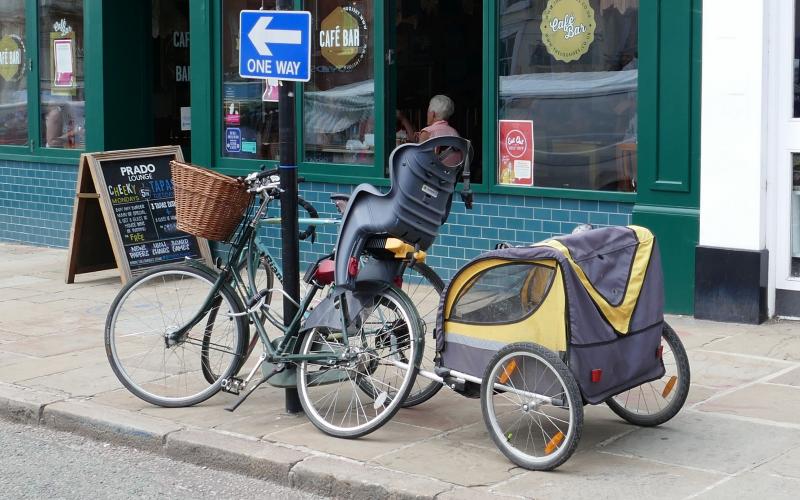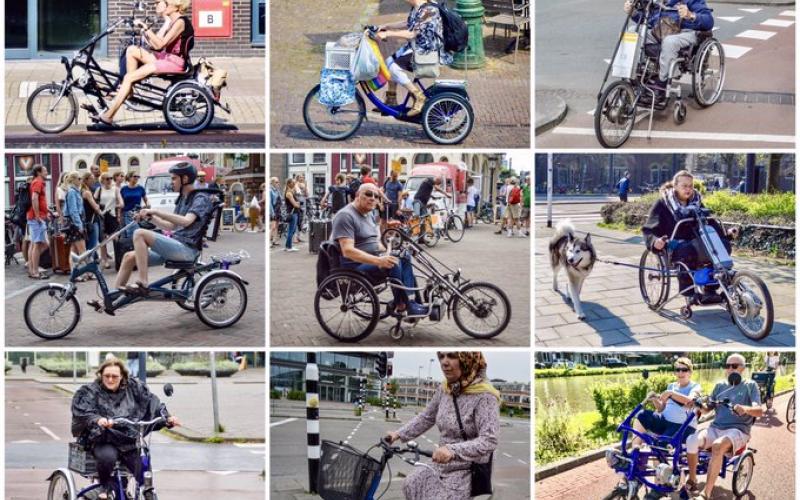General Recommendations
• Enabling safe cycling in Sudbury and District requires safe cycling infrastructure. Sudbury currently has next to no cycling infrastructure. • What infrastructure it does have is sub-standard by the new standards published in LTN/20 (see https://assets.publishing.service.gov.uk/government/uploads/system/uplo… attachment_data/file/9 06344/cycle-infrastructure-design-ltn-1-20.pdf )
• Sudbury needs to plan, obtain funding and build Active Travel infrastructure where required and update existing infrastructure. • There are places where people wish to walk with footpaths that are either too narrow or non-existent. The latter is especially pertinent on Northern Road Industrial Estate.
• Safe cycling and walking infrastructure should be by default designed into any new road junctions and any improvements into existing road junctions to the new standards of LTN/20.
• Routes need to be considered from every village into Sudbury, even those that offer the greatest design challenges such as Newton Green.
• Plans should take as a general principle the removal of need for any cyclist to cycle along A and B roads into Sudbury. Wherever possible, long term segregated cycle paths alongside these roads should be the aim.
• Where safe cycling or walking infrastructure cannot be provided by virtue of the limitations of road width the road should, if possible be calmed using Modal filters and 20mph speed limits. This would be especially be effective on residential streets and Town centre streets.
• Speed limits, when dropped to 20mph should be enforced and the car drivers using these roads educated to understand that accelerating past this limit not only causes congestion but is dangerous. The proposed changes to the Highway Code (see https://assets.publishing.service.gov.uk/government/uploads/system/ uploads/attachment_data/file/904038/consultation-on-a-review-of-the-highway- code.pdf) support this strategy.
• It should be recognised in principle that Active Travel has the effect of increasing retail footfall and the overwhelming balance of evidence is that this increases retail revenue. (See Appendix B)
• Increasing car parking and reducing car parking provision has no proven effect on retail footfall or retail revenue. This seems counter-intuitive but is provable. Clearly, until safe Active Travel is enabled, removal of all parking would negatively impact retail since no consideration for alternative modes of travel has been policy at any level for decades.

